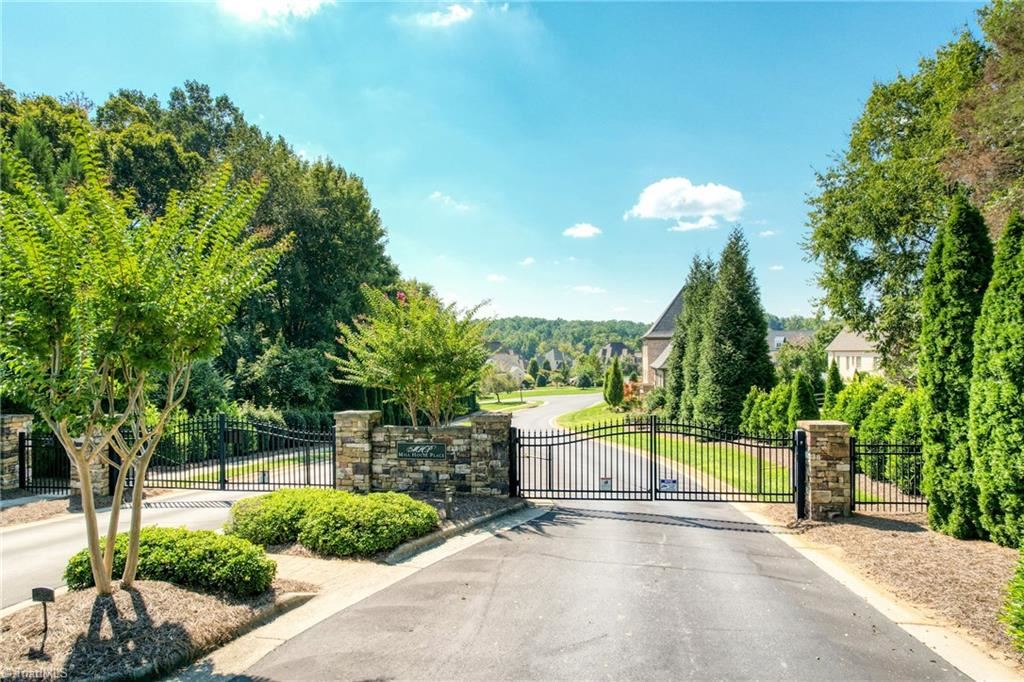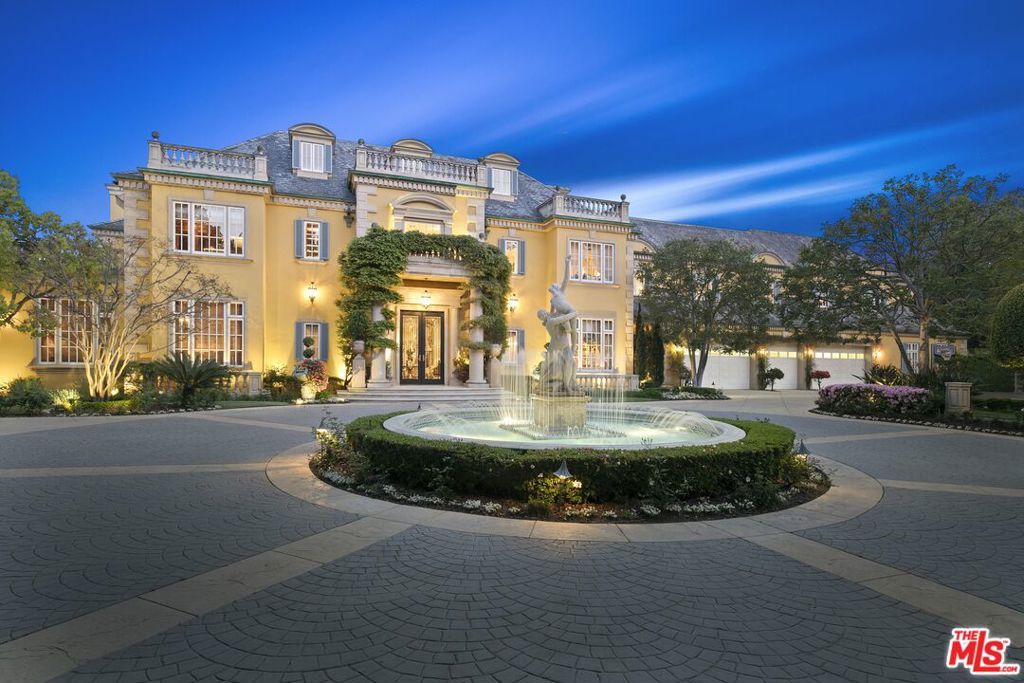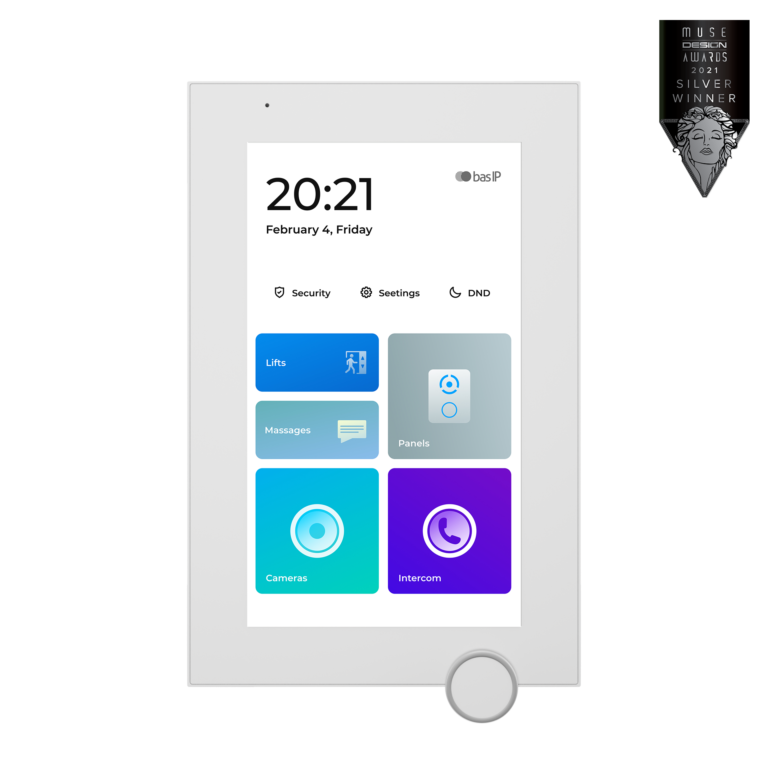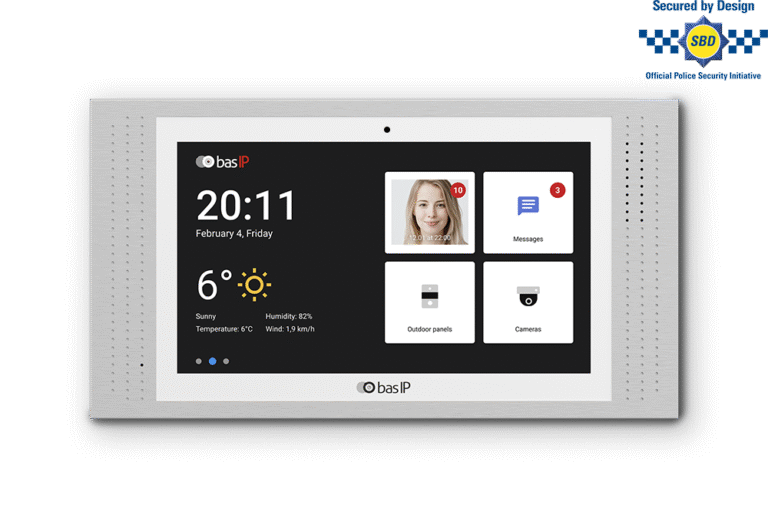Gated Communities: Unveiling the Pros and Cons of Exclusive Living

Gated communities have become a significant part of the real estate market, offering a unique lifestyle that combines security, amenities, and a sense of community. This article aims to delve into the concept of gated communities, their history, types, benefits, drawbacks, and future trends.
Definition and History of Gated Communities
What is a Gated Community?
A gated community is a residential area with controlled entrances for pedestrians, bicycles, and automobiles. These communities are typically enclosed by walls or fences, ensuring a high level of security for the residents.
The Evolution of Gated Communities
The concept of gated communities dates back to ancient civilizations, where walls were built around cities for protection. In modern times, the first gated communities were established in the late 19th century, primarily as retreats for the wealthy. Over time, they have evolved to cater to various lifestyle preferences and income levels.
Types of Gated Communities
Gated communities come in various forms, each offering unique features and benefits. Here, we will delve deeper into three common types: retirement communities, golf communities, and luxury estates.
Retirement Communities
Retirement communities, also known as 55+ communities, are designed specifically for seniors who are at least 55 years old. These communities offer a peaceful environment, with amenities tailored to the needs and preferences of seniors. These may include healthcare facilities, fitness centers, social clubs, and more. Some retirement communities also provide assisted living services for residents who need help with daily activities.
Golf Communities
Golf communities are built around golf courses, offering residents easy access to the sport. These communities are not just for golf enthusiasts; they also provide a serene environment with beautiful landscapes. The homes in golf communities often overlook the golf course, providing stunning views. Other amenities may include clubhouses, swimming pools, and fitness centers.
Luxury Estates
Luxury estates are the epitome of opulence, offering high-end homes with top-notch amenities. These gated communities are often located in prime areas and provide a high level of security and privacy. The homes in luxury estates are typically large and feature high-quality construction and finishes. Amenities may include private beaches, marinas, equestrian facilities, and more.
Comparison Chart
| Type of Community | Target Demographic | Key Features | Common Amenities |
|---|---|---|---|
| Retirement Communities | Seniors (55+) | Peaceful environment, healthcare facilities, social activities | Healthcare facilities, fitness centers, social clubs |
| Golf Communities | Golf enthusiasts, families | Golf course access, serene environment, beautiful landscapes | Golf courses, clubhouses, swimming pools, fitness centers |
| Luxury Estates | High-income individuals, families | High-end homes, prime locations, high level of security and privacy | Private beaches, marinas, equestrian facilities, high-end fitness centers |
The above comparison chart provides a quick overview of the three types of gated communities discussed. Each type of community offers a unique lifestyle, catering to different demographics and preferences.
Benefits of Living in a Gated Community

Living in a gated community comes with several benefits. The most prominent is the enhanced security and privacy, thanks to the controlled entrances and exits. This security is often further enhanced by advanced technologies such as the IP intercom system from BAS-IP.
Enhanced Security with BAS-IP Intercom System
One of the key features of gated communities is the security they provide, and the BAS-IP intercom system plays a significant role in this aspect. This state-of-the-art intercom system offers a plethora of advanced features designed to enhance everyday life and security in gated communities.
Seamless Intercom Functionality: The BAS-IP system ensures that calls will reach the tenant’s intercom device installed within the apartment, even if smartphones or internet connectivity are unavailable.
Tailored Cases and Interfaces: BAS-IP can develop customized interfaces and cases specifically designed for your gated community, accentuating the distinctiveness of any project.
Remote Concierge Services: The system allows for easy call redirection to guard stations or remote staff members, enabling concierges to work from any location and effectively manage visitor distribution and address customer concerns.
Secure Access Card Protection: Encryption of access cards prevents unauthorized guests from duplicating cards, providing your gated community with the highest level of protection.
Tenant Communication: Streamlined communication between residents and service companies can be facilitated through messages sent from the monitor or BAS-IP mobile app to the system administrator.
Amenities and Services
Gated communities often offer a range of amenities and services that contribute to a higher quality of life. These may include swimming pools, gyms, parks, and community centers. Some communities also provide maintenance services, taking care of landscaping, snow removal, and other tasks, freeing up residents’ time for other activities.
Community and Social Aspects
Living in a gated community fosters a sense of community among residents. Regular community events and shared amenities promote social interactions and build strong neighborly bonds. This sense of community can be particularly beneficial for families with children, as it provides a safe and social environment for kids to grow up in.
Property Value and Investment Potential

Properties in gated communities often maintain their value well and can be a good investment. The high level of security, quality amenities, and well-maintained surroundings are attractive to many homebuyers, which can help ensure a good return on investment when it’s time to sell.
Peace and Quiet
Gated communities are often quieter than other residential areas, as they are secluded from busy roads and public areas. This peace and quiet can be a significant benefit for those who value their tranquility.
Drawbacks of Living in a Gated Community

While gated communities offer numerous benefits, they also come with certain drawbacks. It’s important to consider these potential downsides before deciding to move into a gated community.
Costs and Fees
One of the most significant drawbacks of living in a gated community is the cost. These communities often come with high purchase prices, and the costs don’t stop there. Residents typically have to pay monthly or annual homeowner association (HOA) fees to cover the maintenance of common areas, security services, and amenities. These fees can be quite high, depending on the community and the services provided.
Restrictions and Regulations
Gated communities often have strict rules and regulations that residents must adhere to. These can cover everything from the color you can paint your house to the type of landscaping you can have, and even when you can put out your trash. While these rules help maintain a uniform and tidy appearance, they can also limit personal freedoms and creativity.
Limited Access and Isolation
The security features that make gated communities safe can also make them feel isolated. The gates and fences that keep out unwanted visitors also physically separate residents from the surrounding community. This can lead to a sense of isolation, particularly for those who value being part of a broader community.
Potential for Lack of Diversity
Gated communities often attract a relatively homogenous group of residents, in terms of income, age, and sometimes even race and ethnicity. This lack of diversity can be a drawback for those who value a multicultural environment.
In conclusion, while gated communities offer security, amenities, and a sense of community, they also come with high costs, strict rules, potential isolation, and a lack of diversity. It’s essential to weigh these pros and cons before deciding to buy a property in a gated community.
Key Considerations When Buying in a Gated Community
Buying a property in a gated community is a significant investment, and it’s crucial to consider several factors before making a decision. Here are some key considerations:
Understanding the Homeowner’s Association (HOA) Rules and Fees
Before buying a property in a gated community, it’s essential to understand the HOA rules and fees. These rules can dictate everything from the color of your house to the type of landscaping you can have. The fees, on the other hand, cover the maintenance of common areas, security services, and amenities. Make sure you are comfortable with both the rules and the fees before making a purchase.
Assessing the Community Culture and Lifestyle
Every gated community has its own culture and lifestyle. Some communities may be geared towards families with children, while others may cater to retirees or individuals who enjoy golf. Visit the community, talk to residents, and try to get a feel for the lifestyle before deciding if it’s the right fit for you.
Evaluating the Location and Accessibility
The location of the gated community is another crucial factor to consider. Check the proximity to essential services like schools, hospitals, shopping centers, and your workplace. Also, consider the accessibility of the community. While the seclusion of a gated community can offer peace and quiet, it can also make commuting or getting to amenities outside the community less convenient.
Considering the Resale Value and Market Trends
Finally, consider the potential resale value of the property and the current market trends. Properties in gated communities often maintain their value well, but this can also depend on factors like the location of the community, the demand for such properties, and the overall real estate market trends.
Case Studies of Popular Gated Communities
Gated communities have become increasingly popular worldwide, each offering unique features and benefits. Here, we will delve into a few case studies of popular gated communities.
Beverly Park, Los Angeles, USA

Beverly Park, located in Los Angeles, is one of the most famous gated communities in the world. It is home to numerous celebrities and is known for its large, luxurious homes and high level of security. The community is divided into North Beverly Park and South Beverly Park, each offering its own unique features. Despite the high costs of living in Beverly Park, the exclusivity, security, and luxury it offers make it a highly desirable location for the rich and famous.
Emirates Hills, Dubai, UAE

Emirates Hills in Dubai is often referred to as the “Beverly Hills of the Middle East.” This gated community is known for its stunning villas, many of which overlook the beautiful Emirates Golf Club. The community offers a high level of security and privacy, as well as a range of amenities including parks, lakes, and a community center. Despite the high costs, Emirates Hills continues to attract high-income individuals and families seeking a luxurious and secure lifestyle.
Senda Nueva, Davis, California, USA
Senda Nueva is a gated community in Davis, California, that caters to a different demographic. This community is designed for active adults aged 55 and over. It offers a peaceful environment, with amenities tailored to the needs and preferences of seniors. These include a clubhouse for social activities, walking paths, and beautiful landscaping. The community is also conveniently located near shopping centers, healthcare facilities, and other amenities.
The Future of Gated Communities
As we look towards the future, gated communities are likely to continue evolving, adapting to changing lifestyle preferences, technological advancements, and market trends. Here are some emerging trends that are shaping the future of gated communities.
Eco-Friendly Practices
With increasing awareness about environmental sustainability, more and more gated communities are incorporating eco-friendly practices. This includes the use of renewable energy sources, efficient waste management systems, and green building materials. Some communities are also incorporating green spaces and promoting local biodiversity.
Smart Home Technology
The integration of smart home technology is another trend shaping the future of gated communities. This includes everything from smart security systems and energy-efficient appliances to home automation systems that allow residents to control various aspects of their home remotely. This technology not only enhances convenience and security but also contributes to energy efficiency and environmental sustainability.
Impact of the Pandemic
The COVID-19 pandemic has also influenced the future of gated communities. With more people working from home, there is an increased demand for homes with dedicated office spaces. Additionally, the importance of health and wellness facilities within the community has been highlighted. This includes not just fitness centers, but also open spaces for outdoor activities and facilities for mental wellness.
Conclusion
Gated communities offer a unique lifestyle that combines security, amenities, and a sense of community. However, they also come with drawbacks like high costs and restrictions. Therefore, it’s essential to consider all aspects before buying a property in these communities. As we look to the future, gated communities are likely to continue evolving, adapting to changing lifestyle preferences and market trends.




